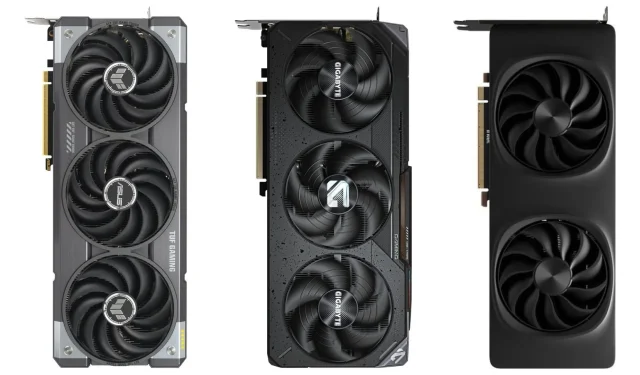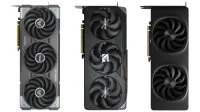The 1440p gaming landscape is thriving in 2025, showcasing a diverse range of graphics processing units (GPUs) from the leading manufacturers: Intel, AMD, and Nvidia. Each brand presents unique variations, spanning from budget-friendly options to high-end models packed with advanced technologies. This variety is excellent for gamers but can overwhelm novice PC builders who may find it daunting to navigate through the multitude of choices.
To streamline your decision-making process, we’ve compiled a comprehensive list highlighting the best QHD gaming GPUs tailored to various budgets. Continue reading to discover which graphics cards stand out in the competitive market of 2025.
Top 1440p Gaming GPUs for 2025
5) Intel Arc B580 12 GB ($330+)
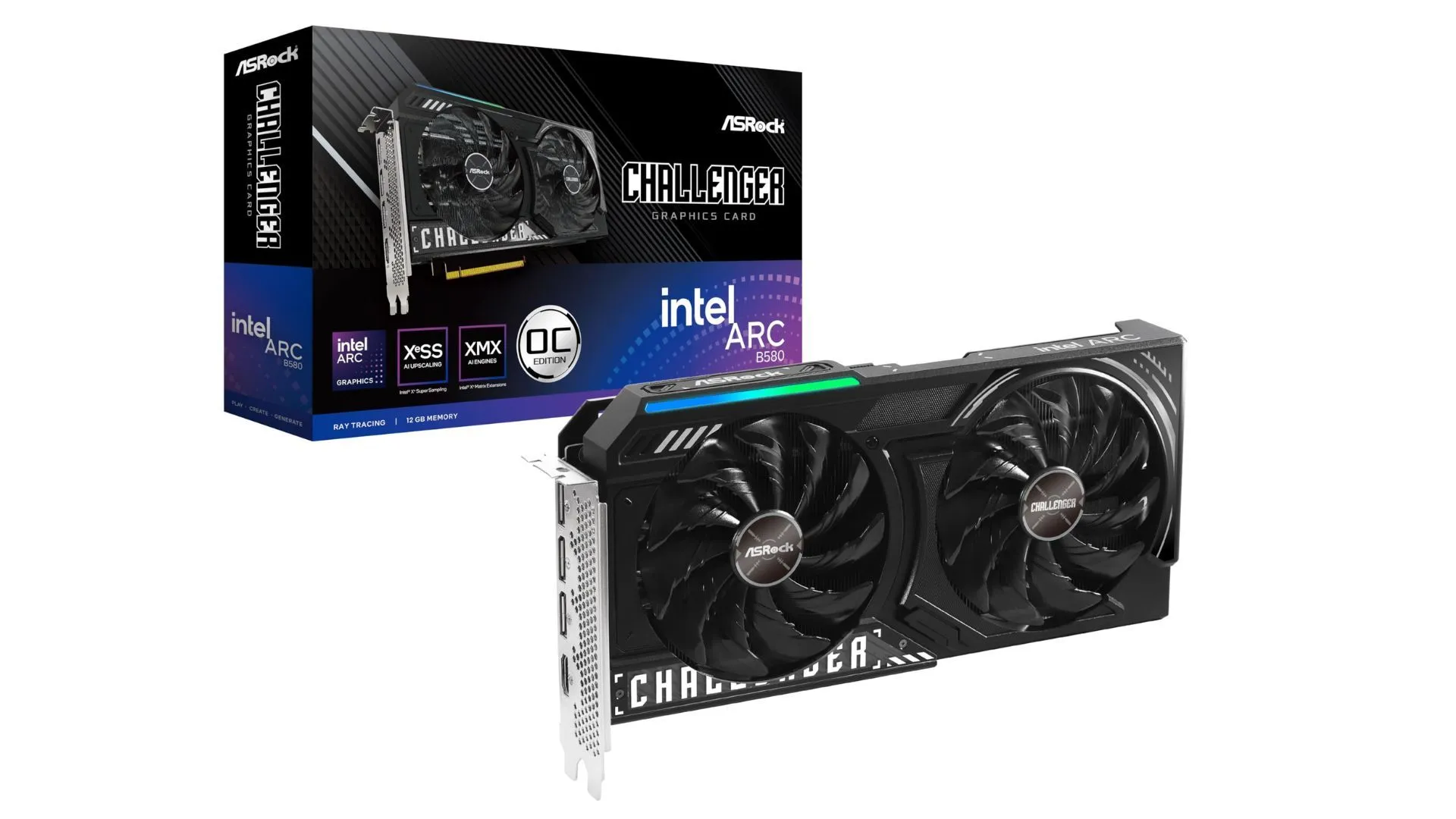
The Intel Arc B580 12 GB presents an impressive entry-point into 1440p gaming. Its rendering capabilities adequately support contemporary titles while remaining competitively priced. Unlike its rivals, this card stands out for being available at its Manufacturer’s Suggested Retail Price (MSRP), a refreshing change from the typical price hikes seen with Nvidia and AMD GPUs.
| Spec | Intel Arc B580 12 GB |
|---|---|
| Architecture | Xe²-HPG (Battlemage) |
| VRAM | 12 GB GDDR6 |
| Memory Bus | 192-bit |
| TDP | 225W |
| Ray Tracing Cores | 2nd Gen XMX RT Cores |
| Process Node | TSMC N6 |
Equipped with the latest Xe2-HPG graphics chip, the Arc B580 benefits from significant upgrades in rendering power and ray tracing capabilities.
Pros:
- Affordably priced for a GPU that maintains stable framerates at 1440p.
- 12 GB of VRAM is a rare find under $350.
- Outstanding AV1 encoding hardware performance.
Cons:
- Driver stability can be inconsistent across different games.
- May struggle with performance in older DirectX 9 and 11 titles.
- Power consumption is higher than expected for a mid-range GPU.
4) AMD Radeon RX 7800 XT 16 GB ($599+)
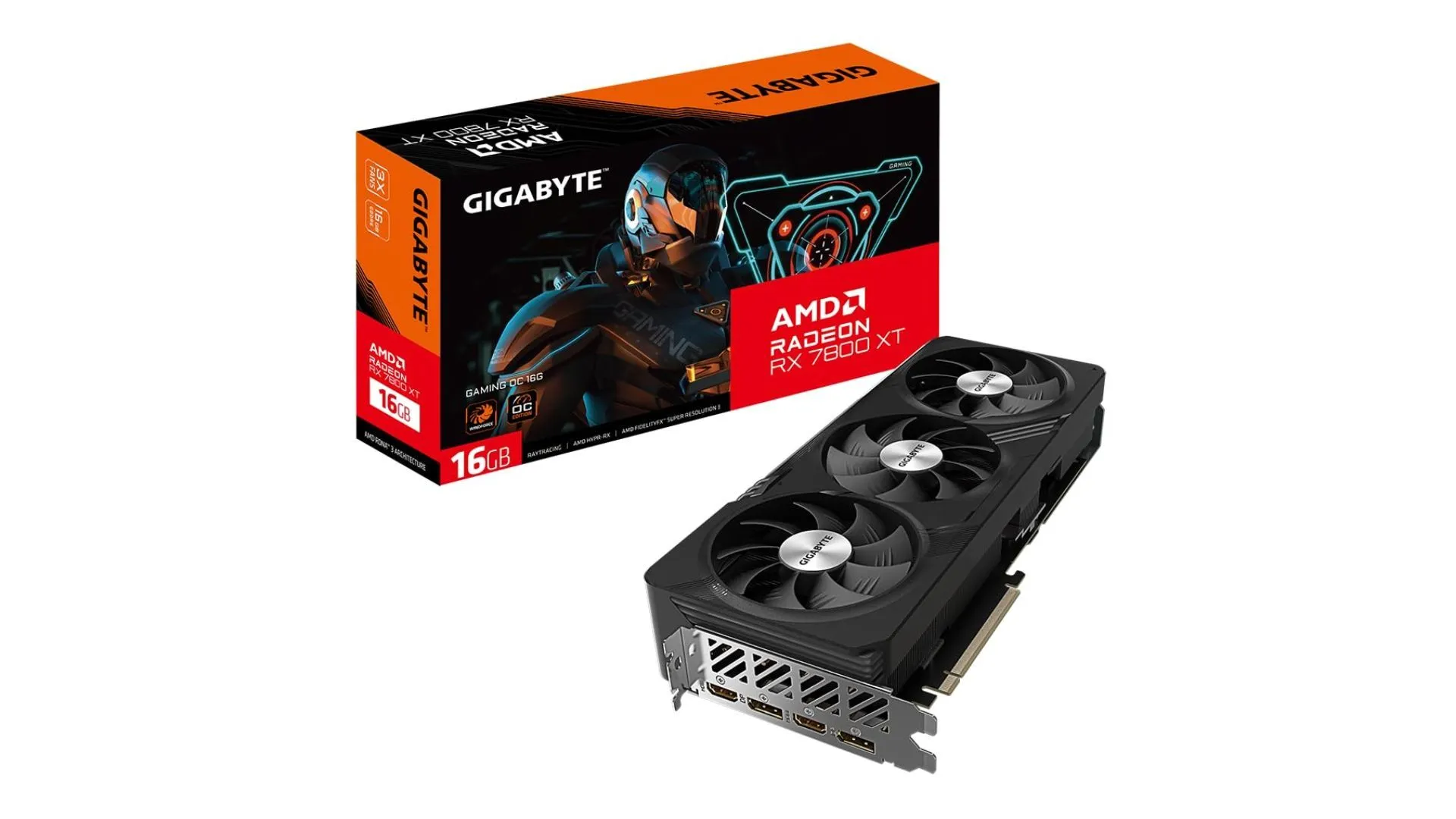
For gamers seeking exceptional rasterization performance without breaking the bank, the AMD Radeon RX 7800 XT is a solid choice. This mid-premium GPU exemplifies AMD’s dedication to value-for-money gaming, consistently outperforming its Nvidia competitors in price-to-performance ratios.
| Spec | AMD Radeon RX 7800 XT 16 GB |
|---|---|
| Architecture | RDNA 3 |
| VRAM | 16 GB GDDR6 |
| Memory Bus | 256-bit |
| TDP | 263W |
| Compute Units | 60 |
| Ray Accelerators | 60 (2nd Gen) |
At around $599, the RX 7800 XT often outclasses the Nvidia RTX 4070 and 4070 Super, while its 16 GB VRAM offers future-proofing. Nevertheless, ray tracing and upscaling performance fall short compared to Nvidia’s offerings, and RDNA 3 isn’t the most energy-efficient.
Pros:
- Offers the best entry-point for 16 GB VRAM in a powerful GPU.
- Excels in raw rasterization, outperforming Nvidia’s RTX 4070.
- Handles modern AAA titles well at 1440p ultra settings.
Cons:
- FSR technology lags behind Nvidia’s DLSS in terms of image quality and adoption.
- Ray tracing performance is inferior compared to similar-priced Nvidia products.
- Availability of reliable third-party cooling solutions is limited.
3) Nvidia GeForce RTX 5070 12 GB ($699+)
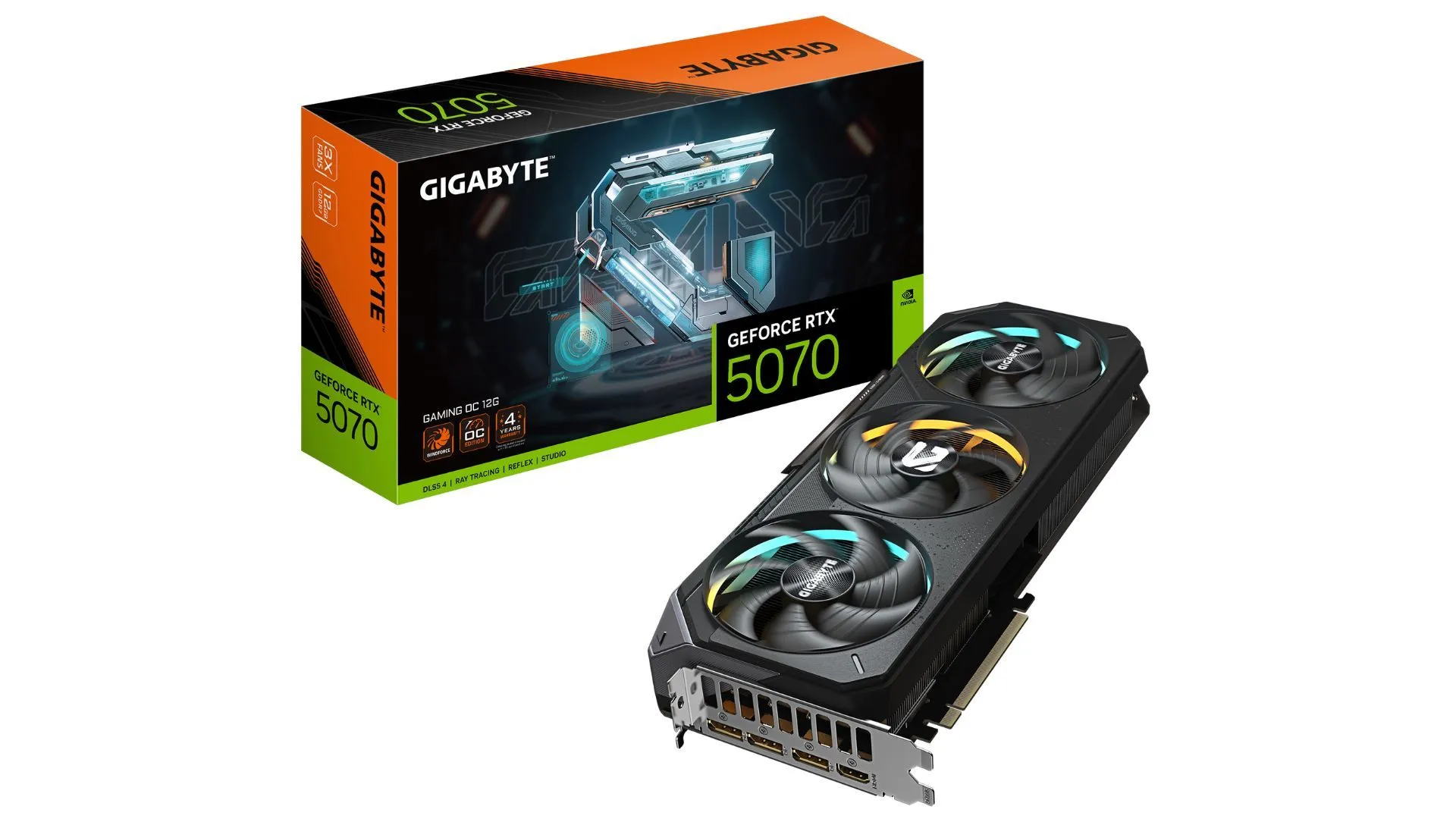
Nvidia’s RTX 5070 harnesses the power of its advanced Blackwell architecture, loaded with cutting-edge AI upscaling and enhancement technologies. This GPU delivers performance akin to the 4090, but at a fraction of the cost. With enhanced ray tracing and AI capabilities, the RTX 5070 ensures a seamless gaming experience.
| Spec | Nvidia GeForce RTX 5070 12 GB |
|---|---|
| Architecture | Blackwell |
| VRAM | 12 GB GDDR7 |
| Memory Bus | 192-bit |
| TDP | 250W |
| CUDA Cores | 6144 |
| Ray Tracing Cores | 4th Gen |
While the technical specifications may seem limiting, the GPU effectively bridges affordability with performance. Users can expect solid capabilities with its 12 GB GDDR7 video memory, although increasing VRAM requirements in modern games may pose challenges.
Pros:
- DLSS 4 multi-frame generation excels in delivering smooth performance.
- Efficient design contributes to lower power consumption without sacrificing performance.
Cons:
- Price of $699 feels excessive for just 12 GB of VRAM in 2025.
- The 192-bit bus may hinder performance in high-resolution scenarios.
- Marginal performance gains compared to the RTX 4070 Ti in non-DLSS situations.
2) AMD Radeon RX 9070 16 GB ($807+)
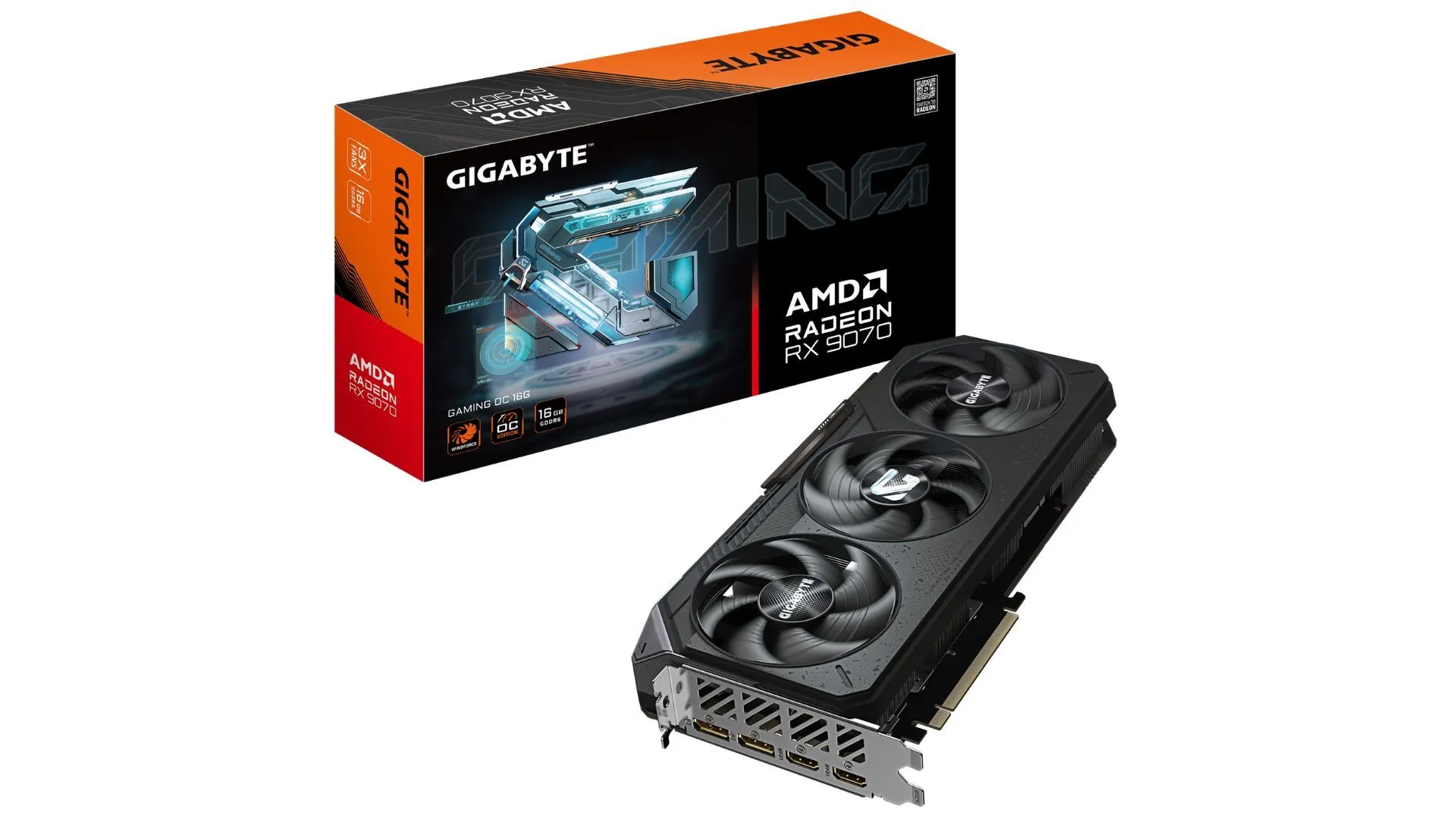
AMD’s RDNA 4 lineup is strategically positioned to capture a larger market share from Nvidia. The RX 9070 competes strongly against its rivals, offering performance on par with the RTX 5070 in many scenarios and outperforming it in specific cases. Positioned around the $800 mark, this GPU draws attention for its superior performance.
| Spec | AMD Radeon RX 9070 16 GB |
|---|---|
| Architecture | RDNA 4 |
| VRAM | 16 GB GDDR6 |
| Memory Bus | 256-bit |
| TDP | 260W |
| Compute Units | 72 |
| Ray Accelerators | 3rd Gen |
The RX 9070, featuring the cutting-edge Navi 48 graphics chip, balances solid thermal management with enhanced power efficiency. However, it’s crucial to note that while AMD’s RDNA 4 technology has improved, it still falls short in ray tracing performance compared to Nvidia counterparts.
Pros:
- 16 GB VRAM provides significant future-proofing compared to other Nvidia options under $900.
- Raster performance grows dramatically compared to the 7800 XT.
- Improvements in power efficiency and compute density with RDNA 4.
Cons:
- Weak ray tracing performance persists despite RDNA 4 enhancements.
- Limited support and maturity for FSR 3 technology.
- Initial drivers may lack stability and require further updates.
1) Nvidia GeForce RTX 5070 Ti 16 GB ($899+)
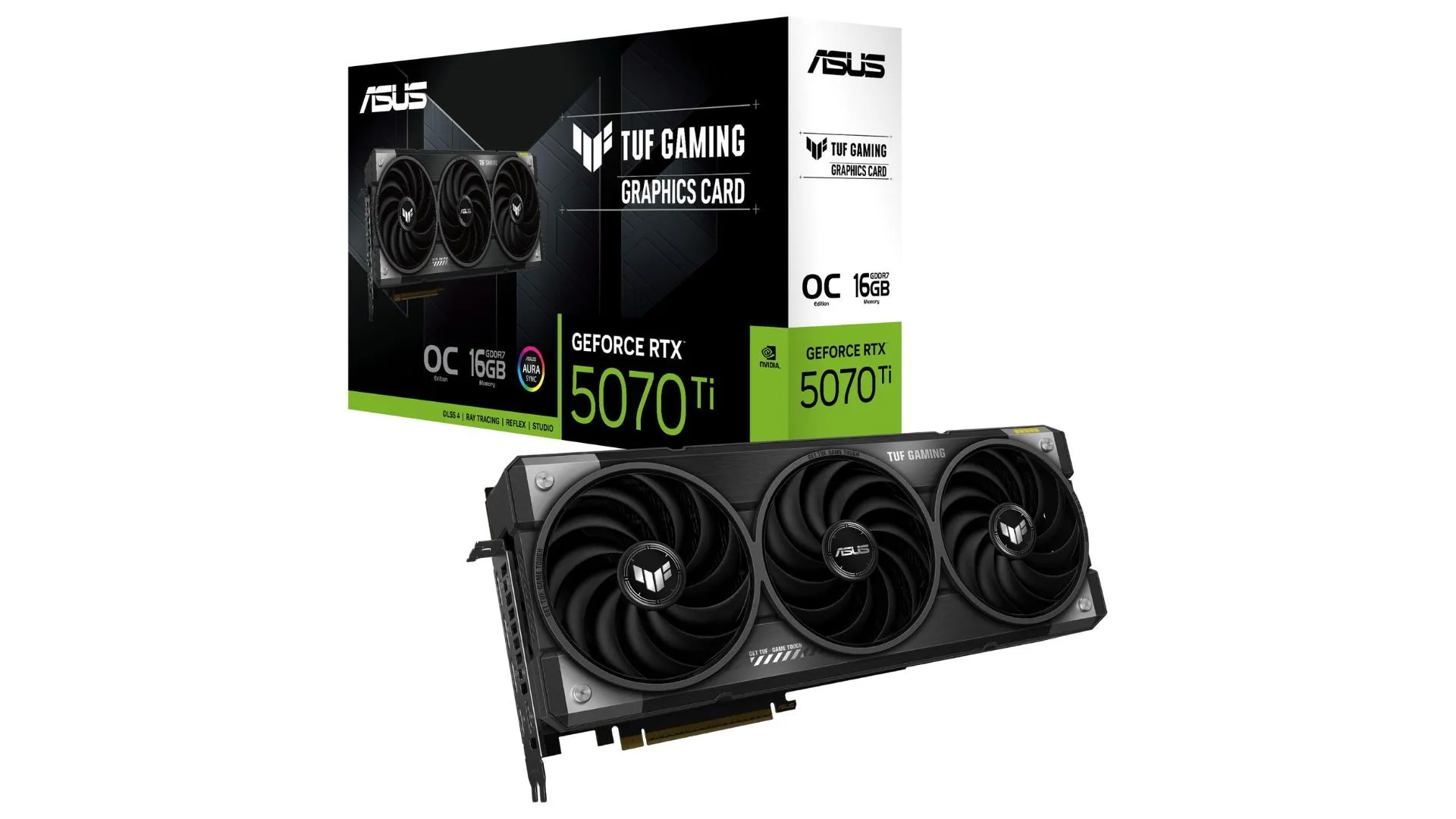
As the pinnacle of 1440p gaming, the Nvidia RTX 5070 Ti delivers outstanding rendering capabilities alongside its competitive pricing. Engineered to handle the most demanding titles seamlessly, this GPU rivals the performance of the Radeon RX 7900 XTX and the RTX 4080 Super.
| Spec | Nvidia GeForce RTX 5070 Ti 16 GB |
|---|---|
| Architecture | Blackwell |
| VRAM | 16 GB GDDR7 |
| Memory Bus | 256-bit |
| TDP | 300W |
| CUDA Cores | 8960 |
| Ray Tracing Cores | 4th Gen |
With advanced DLSS 4 capabilities, this GPU ensures smooth frame rates, allowing for high-performance gameplay across a multitude of titles. However, gamers intending to push into 4K territory may encounter limitations with demanding games such as Alan Wake 2.
Pros:
- The fastest GPU in the 70-class category, capable of 4K performance with DLSS enabled.
- Combining DLSS with multi-frame generation enables playable frame rates at high settings.
- Impressive thermal management maintains efficiency in high-load situations.
Cons:
- Priced at $899, it is dangerously close to Nvidia’s RTX 4080 Super.
- Despite its price, memory bandwidth remains limited due to the 256-bit configuration.
- VRAM capacity can constrain performance in demanding creative workloads compared to AMD cards.
These selected GPUs reflect the cutting-edge options for 1440p gaming in 2025. This list emphasizes stable performance while excluding some notable alternatives, such as the RTX 5060 Ti and AMD RX 6800 XT, to maintain a focused overview. By addressing current market trends and availability, we aim to offer valuable insights for gamers navigating their next GPU purchase.
